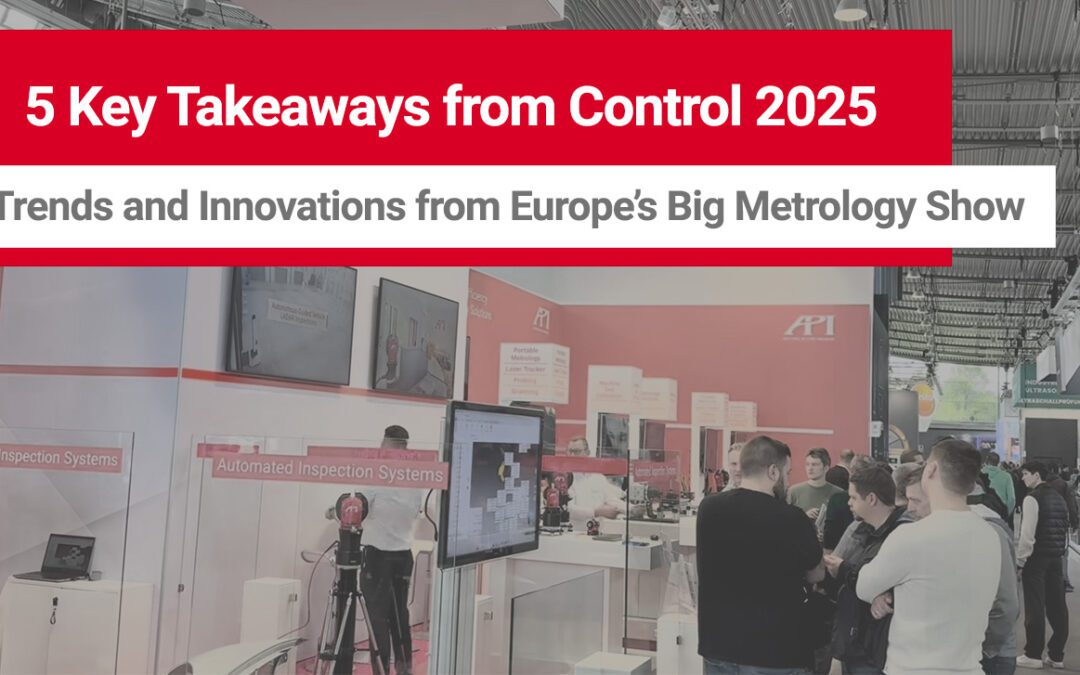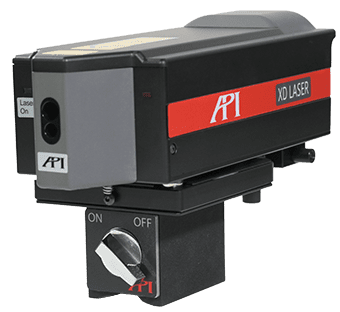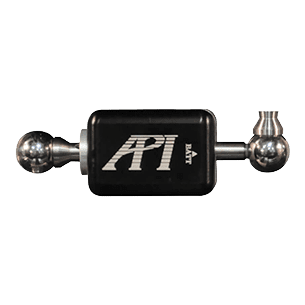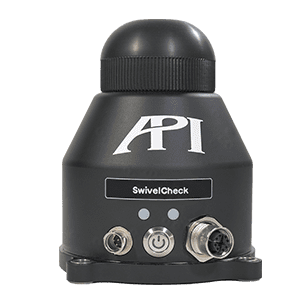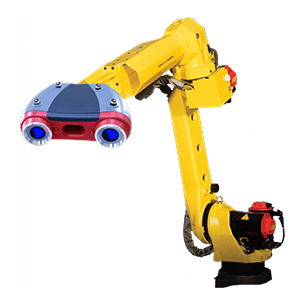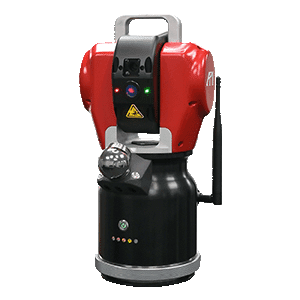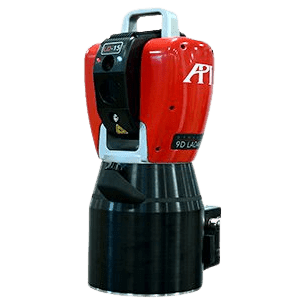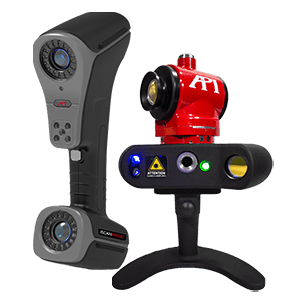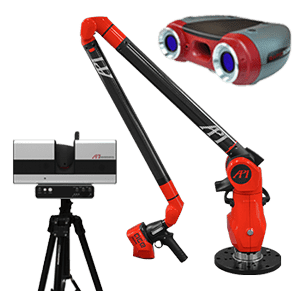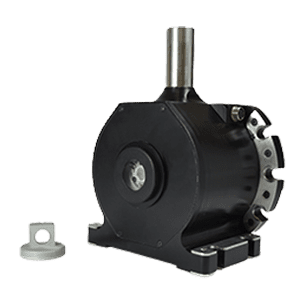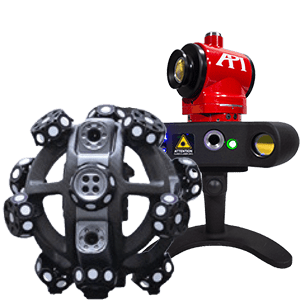Control 2025 in Stuttgart brought together the world’s top metrology innovators and quality professionals. As a leading exhibitor, API Metrology showcased our latest measurement systems and observed several strong industry trends that reflect where precision manufacturing is headed. From artificial intelligence and automation to new optical scanning techniques, the Control 2025 metrology event highlighted how quality assurance technology is evolving. Below we outline five key takeaways from Europe’s big metrology show, illustrating the themes poised to shape the future of precision measurement.
Takeaway #1: Artificial Intelligence Powers Smarter, Faster Inspection
One of the most prominent themes at Control 2025 was the surge of artificial intelligence in inspection solutions. AI-powered systems for defect recognition, predictive maintenance, and real-time inspection optimization were front-and-center in many exhibits. Attendees saw machine learning algorithms embedded in vision systems that can automatically detect surface defects or dimensional deviations far faster than traditional methods. This kind of automated defect recognition, often using deep learning, promises to catch quality issues that human inspectors might miss, improving accuracy and consistency. API has applied similar AI techniques to enhance the vision camera system in our new iLT laser tracker, enabling faster and more reliable SMR recognition and lock-on in dynamic measurement environments.
Takeaway #2: Automation and Smart Manufacturing Drive Seamless Quality Integration
Many exhibitors at Control 2025 underscored the integration of metrology into fully automated production environments. The emphasis on automation and smart manufacturing was evident in robotic measurement cells, inline inspection stations, and other smart factory demonstrations. The trend is clearly moving towards full automation of inspection processes during production, with quality checks that run inline, faster and more efficiently, integrated into diverse production sequences.
Instead of quality control being a separate, manual step in a lab, it is increasingly built into the manufacturing line. We saw coordinate measuring machines (CMMs) tended by robots, conveyor systems with vision inspection checkpoints, and robot arms equipped with 3D scanners measuring parts in real time. These examples highlight broader metrology automation trends across the industry, aiming to make quality assurance a seamless part of production (often referred to as “Quality 5.0”).
Closing the loop is a major goal of this automation push. Many solutions featured at Control 2025 enable measurement data to feed directly into process control systems. For instance, if our 9D LADAR, an inline laser scanner detects a part drifting out of tolerance, it can instantly signal the production machine to adjust its settings. By integrating metrology with manufacturing execution systems, companies can achieve true closed-loop control where machines self-correct based on inspection feedback. This level of connectivity transforms quality control from a reactive process into a proactive one.
Takeaway #3: Optical and Non-Contact Technologies Redefine Precision Scanning
Another clear highlight was the wave of breakthroughs in non-contact and optical measurement technologies. Across the exhibition halls, companies showed off advanced 3D scanning systems, optical sensors, and laser-based metrology devices that can inspect parts without physical contact. From structured light scanners to interferometry-based systems, these non-contact inspection systems are achieving higher speeds and accuracies than ever before.
The push for ultra-fast, high-precision scanning was palpable – several demos featured sensors capturing dense point clouds of complex parts within seconds, enabling 100% inspection of components where sampling used to be the norm.
API also contributed to this non-contact momentum with our latest products. Our Dynamic 9D LADAR system, for example, reflects the industry’s move toward high-speed, laser-based scanning. LADAR (Laser Detection and Ranging) is a revolutionary non-contact technology that uses advanced optics to capture detailed dimensional data rapidly and with micron-level precision. A live demo at the API booth showed how the 9D LADAR can scan large aerospace components in minutes, detecting subtle surface deviations without ever touching the part.
These examples underscore the broader trend: manufacturers are embracing lasers, optics, and other non-contact methods to perform faster and more flexible inspections. The consensus from Control 2025 is that the future of metrology is increasingly optical – shining light on parts to measure them precisely, rather than probing them mechanically.
Takeaway #4: Digital Twins and Connected Data Ecosystems Transform Quality Insight
Also highlighted the expansion of digital twin technology and data connectivity in metrology. Many exhibitors focused on syncing measurement systems with factory software – from connecting portable metrology devices to Manufacturing Execution Systems (MES) and Enterprise Resource Planning (ERP) platforms, to integrating measurement results into simulation and CAD software.
This trend of digital thread connectivity means quality data no longer lives in isolation. Instead, inspection results feed directly into the broader manufacturing data ecosystem, enabling real-time analysis and decision-making. For example, some vendors showed dashboards where CMM results and laser scanner point clouds were automatically sent to a central quality database, updating yield metrics and triggering alerts if any dimensions went out of spec. By linking metrology with these IT systems, companies can break down data silos and respond faster to issues.
Takeaway #5: Compact and Portable Metrology Tools Enable On-the-Go Precision
The final major theme from Control 2025 was the strong demand for compact and portable metrology solutions. Not every shop has the space or budget for a large fixed CMM, and the industry is responding with smaller-footprint tools that can be easily moved to the point of need. On the show floor, there were numerous portable arms, handheld 3D scanners, and laser trackers being demonstrated – all designed to bring high-precision measurement capability directly to the shop floor or even on-site at remote locations.
Likewise, our new API iLT laser tracker – the world’s most compact laser tracker – demonstrates how portable optical metrology is achieving lab-grade accuracy on the shop floor. By combining an integrated laser system with high-accuracy tracking, the iLT can measure large assemblies with a unit small enough to carry anywhere
This continuing trend toward portability is driven by clear benefits: the ability to bring metrology equipment to the production line (or the field) eliminates the need to transport parts to a fixed CMM, reducing downtime and accelerating workflows. Manufacturers love these mobile solutions because they introduce flexibility; quality checks can happen wherever the part is, whether it’s a large aerospace assembly that can’t be easily moved or a machine on the factory floor that needs alignment verification.
At the event, we saw improvements in portability without sacrificing accuracy. New articulated arm CMMs are lighter and more ergonomic, some even fold for easy storage. Handheld laser scanners are getting more powerful yet remain user-friendly, allowing operators to capture millions of points on a part with a device they can carry around. Laser trackers, traditionally somewhat bulky, have dramatically shrunk in size – for example, one latest-generation tracker on display (API’s own iLT) weighs only ~5 kg but delivers the high precision expected from a lab instrument.
Conclusion:
Control 2025 provided an exciting glimpse into the future of metrology and quality assurance. From AI-driven inspection and fully automated quality loops to cutting-edge non-contact systems and on-the-go measurement tools, the show’s trends confirm that our industry is innovating on all fronts. API Metrology was proud to be part of this event and to demonstrate how our solutions align with these developments. The Control 2025 metrology trends outlined above all point toward more intelligent, integrated, and efficient approaches to ensuring manufacturing quality. If you missed us at the show, we encourage you to reach out for a personal demonstration or watch our recap video from the event. As we review the key takeaways and feedback from Stuttgart, API will continue pushing the envelope in precision measurement – and we look forward to helping you apply these innovations to advance your own quality processes. Here’s to the road ahead in metrology, building on the momentum from Control 2025!


